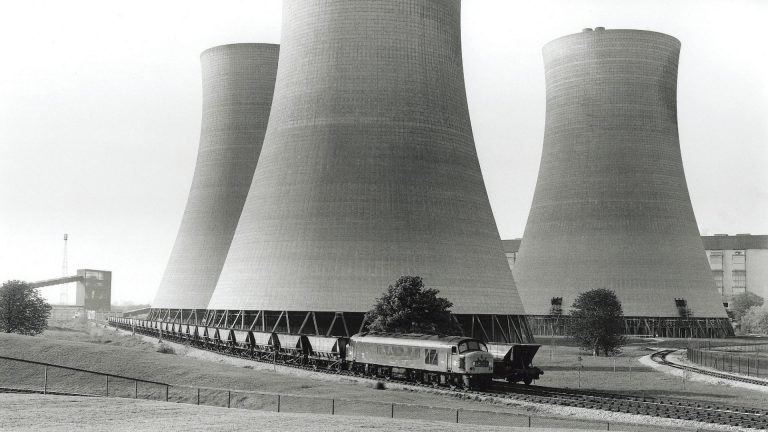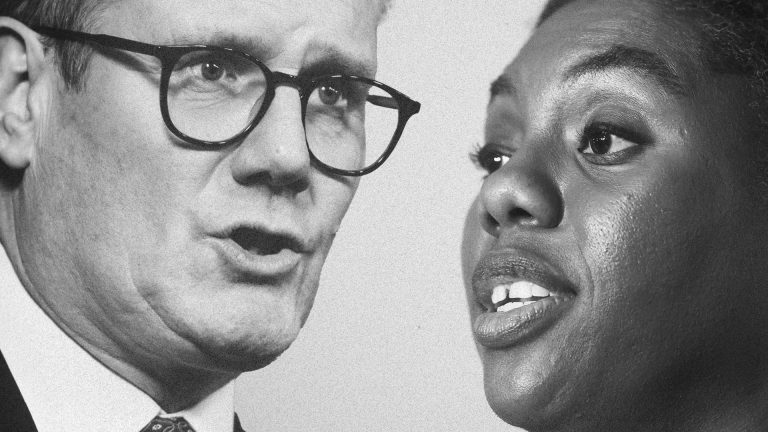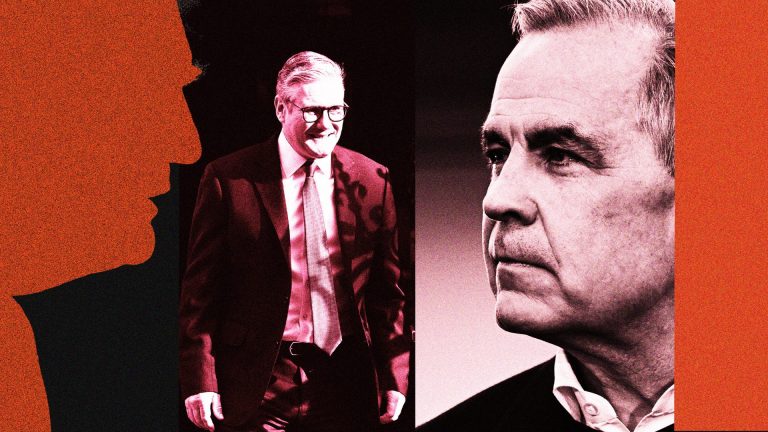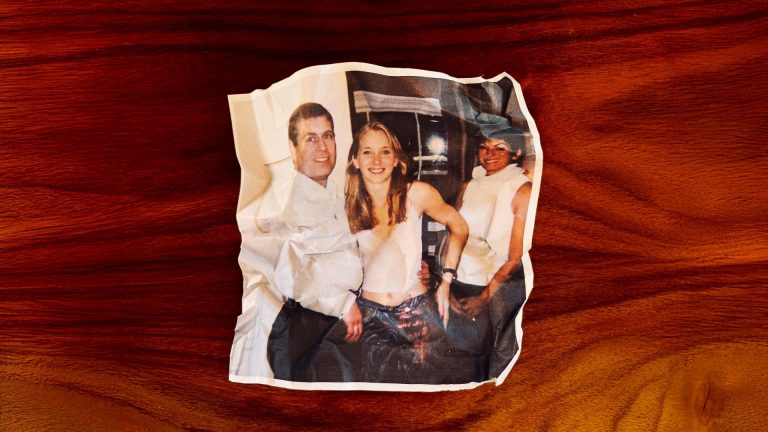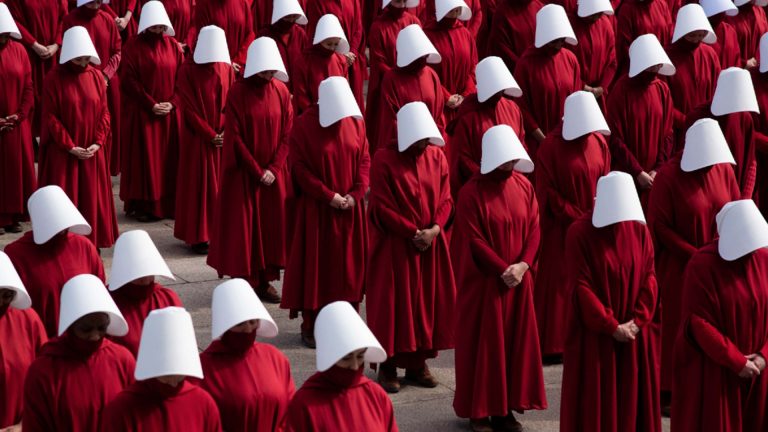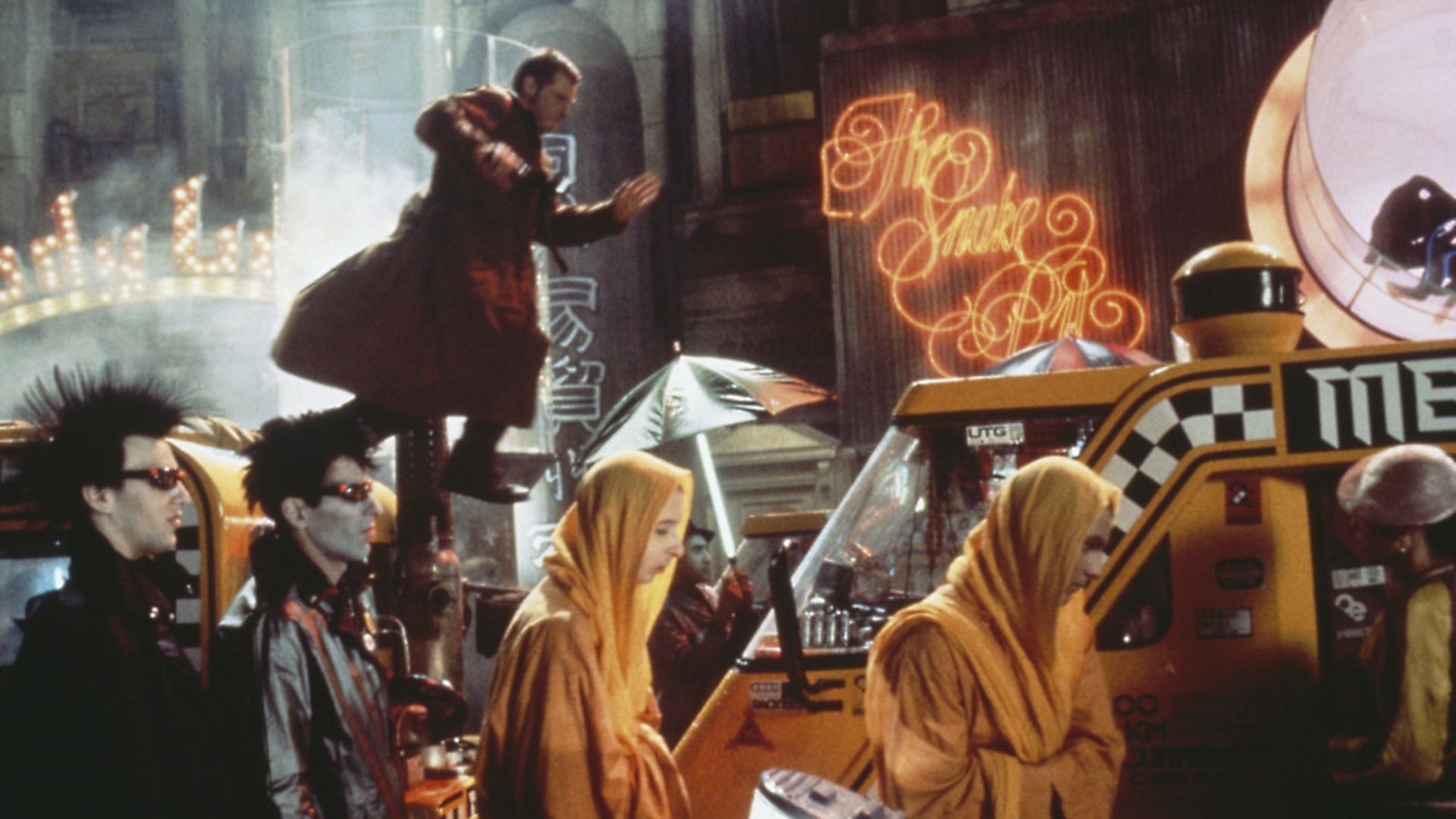
Director’s cuts often seem overindulgent and overlong. But as Francis Ford Coppola takes a fresh whack at The Godfather Part III, Richard Luck celebrates 10 occasions where the reprise outdid the original.
Truth be told, The Godfather Part III was a pretty decent movie from the outset. Admittedly it had a hard time living up to episodes I and II but then so do the vast majority of films. But now that Francis Ford Coppola has been granted the freedom to retool the picture in keeping his original vision, the re-titled The Godfather, Coda: The Death of Michael Corleone ought to satisfy many of those series die-hards who didn’t much care for part three, even as it enrages those people who simply can’t abide spoilers.
Once a true rarity, director’s cuts now seem as common a DVD extra as trailers and B-roll footage. Quite how many of these new versions are deserving of your time is open to question. Such movies can often give the impression of a precious director being indulged a little too much, and of seeking petty vindication – sometimes decades after the event – against those perceived to have butchered their original creative vision. It means some director’s cuts can come across as a little insulting not just to those faceless, talentless ignoramuses, but also to the audiences who quite enjoyed the earlier version.
But there are occasions when they can surpass the original, or at least offer a worthy alternative take, adding value rather than just running time. That is certainly the case with this list.
But be warned – director’s cuts are often anything but the picture the filmmaker always wanted the audience to see. Let us being with a case in point…
Blade Runner (1981, Director’s Cuts 1992, 2007)
For a lot of people, the first time they’d have heard mention of the phrase ‘directors’ cut’ would’ve been when Ridley Scott’s science-fiction masterpiece returned to cinemas in the early 1990s minus Harrison Ford’s half-hearted narration and the tagged-on ‘happy’ ending but with certain elements restored, including the fabled unicorn dream sequence. However, this ‘director’s cut’ was nothing of the sort. Indeed, it wouldn’t be until the release of 2007’s Final Cut that moviegoers were exposed to a version over which Scott wielded complete artistic control. Whether this is the best Blade Runner is a matter of personal taste. With its rough special effects edges now smoothed over, the film has certainly never looked better. Then again, Scott had a pretty remarkable movie on his hands even before he was invited back into the editing suite.
The Wild Bunch (1969, DC 1995)
Another director’s cut that isn’t. Or rather, when Sam Peckinpah’s ace western first played in the UK, it did so in an unexpurgated version that was pretty much the picture ‘Bloody Sam’ envisioned. It was only after that cut fell out of circulation that audiences grew use to seeing a cut from which had been removed not only some of the original’s violent excesses but a key subplot involving Mapache, the villainous Mexican generalissimo. This cut also lacked the flashbacks that flesh-out the film’s key relationship, the one between outlaw Pike Bishop (William Holden) and his compadre-turned-potential captor Deke Thornton (Robert Ryan). Fortunately, Peckinpah’s preferred cut is now widely available. A word of warning, though – while it might have been released in 1969, The Wild Bunch still packs a furious punch. A bloody marvel in every sense.
Watchmen (2009, DC 2009)
Hard to believe that a film with a near-three hour runtime is lacking something. The theatrical version of Zack Snyder’s Alan Moore adaptation bore no sign of Tales of the Black Freighter, a comic-book story within a comic-book story that brilliantly comments upon the main plot. Its absence was felt that much more keenly because it was well known that Snyder had animated this story of blood and betrayal on the high seas for inclusion in his film. Indeed, Tales of the Black Freighter was released separately on DVD around the time of Watchmen‘s theatrical premiere. As you might have guessed, a restored cut of the picture is now available and very good it is, too. It also provides a nice bridge between Watchmen and Snyder’s breakthrough film 300, with the captain of the ship being voiced by none other than Leonidas himself, Gerard Butler.
Kingdom of Heaven (2005, DC 2005)
Ridley Scott again, this time turning his crusader epic into, well, a bona fide epic. First time around, the director was obliged to bring Kingdom of Heaven in at under two-and-a-half hours. Handed a second chance ahead of Kingdom‘s DVD release, he reinstated more than 40 minutes of footage, adding depth to the characters – we learn that Michael Sheen’s monk and Orlando Bloom’s blacksmith are in fact brothers – together with a powerful subplot concerning Baldwin IV, the leprous king of Jerusalem played by Edward Norton, and the son who will succeed him. Alas, there’s nothing Scott can do about the film’s overabundance of Orlando Bloom. But with this superior cut, the director’s created a historical epic equivalent of On Her Majesty’s Secret Service, which is to say a film that succeeds in spite of its leading man.
Once Upon a Time in America (1984, DC 2002)
If it took the world a while to acknowledge the majesty of Sergio Leone’s gangster saga, that’s because it took every bit as long a while for the director’s true vision to emerge. Incensed that the filmmaker’s preferred cut ran to almost four hours, the execs – ignoring the fact that …America had gone down a storm at Cannes – hacked fully 90 minutes out of it. That the man hired to oversee the vivisection was the same guy who’d edited Police Academy 2 only added to the injustice. In common with many of the films on this list, Leone’s version would later be made available but not until decades after the original release and many years on from his passing. All of which said, at least now people can understand how those who attended the Cannes premiere left the cinema raving that Once Upon a Time in America was a Mafia drama to rival even The Godfather.
Touch of Evil (1958, DC 1998)
Upon seeing what Universal had done to his noir thriller, Orson Welles hastily penned a 58-page memo pointing out all of the mistakes the editors had made and suggesting how these matters could be remedied. Since the great man had managed to upset the studio, as he did most of his Hollywood paymasters, they ignored Welles’ anger and insight and put out their version of the film. It wasn’t until 1998 – 40 years on from the release Touch of Evil and 13 since Welles’ death – that legendary editor Walter Murch was allowed to recut the picture to Orson’s specifications. Among the changes made, the most radical means that the picture’s highly-regarded opening sequence no longer has credits plastered over it, so allowing viewers to marvel at the fact that the scene plays out without a single solitary cut.
Brazil (1985, DC 1985)
And now to a matter that became the subject of a fascinating book. In The Battle Of Brazil, Jack Matthews writes that Terry Gilliam’s Orwell-esque fantasy so disgusted Universal boss Sid Sheinberg, he had the picture cut behind the filmmaker’s back. That the version Sheinberg approved of had a happy ending should strike all who’ve seen Gilliam’s edit as utterly absurd. Indeed, such a finale is so at odds with the Python’s bleak vision, one can but marvel at the scale of the antipathy that must have existed between the two men. To his credit, Gilliam fought his corner, slagging off Sheinberg’s ‘Love Conquers All’ cut in the trades and airing his preferred version to friendly parties. When the LA Film Critics Association awarded Brazil its 1986 Best Picture gong, a disgruntled Sheinberg had little choice but to give in to Gilliam.
Apocalypse Now (1979, DCs 2001, 2019)
It was Hearts of Darkness that alerted filmgoers to the fact so much of Francis Ford Coppola’s Nam epic hadn’t survived the edit. Fax Bahr and George Hickenlooper’s award-winning 1991 documentary about the making of the film and the breaking of the filmmaker included various deleted scenes, most notably a sequence in which Willard (Martin Sheen) and his crew encounter a plantation run by French exiles. Since not all of the scene works, it’s easy to understand why Coppola cut it. However, while both the Final Cut and Redux versions of Apocalypse contain footage that is interesting without being essential, Willard’s conversation with Christian Marquand’s planation owner provides a fascinating commentary on Vietnam and it’s history of conflict: “We want to stay here because it’s ours – it belongs to us. It keeps our family together… We fought for that. While you Americans… you are fighting for the biggest nothing in history!”
Fanny and Alexander (1982, DC 1983)
If you’re one of those people who believe the cinema of Ingmar Bergman is far too zany and carefree, may we recommend the unexpurgated Fanny and Alexander. Originally released as a three hour-plus feature film, Bergman’s story of abandonment, betrayal and abuse had in fact been conceived as a mini-series. Running a shade over five hours, this edition was itself granted a cinema release, in the process becoming one of the longest pictures ever to have played theatrically. The winner of four Academy Awards, including the Best Foreign Language Oscar, whether you think Fanny and Alexander works better at three or five hours will depend on one’s affection for the filmmaker and the themes that dominate so much of his work. Me? I’ll stick with the madcap 180-minute romp. It’s just a pity there ‘s no blooper reel.
The Big Red One (1980, DC 2002)
Few filmmakers were better qualified to make a movie about the Second World War than Samuel Fuller. A gifted writer-director whose service with the 1st Infantry Division (aka The Big Red One) included the liberation of Falkenau concentration camp, Fuller enlisted fellow vet Lee Marvin together with young up-and-comers like Robert Carradine and Mark Hamill to bring the past back to life. Sadly, the very space fantasies that seemingly made Hamill so valuable to the project had convinced the studio there was no longer a market for Second World War films. A movie less released than flushed, The Big Red One had its running time slashed by 50 minutes. Fortunately, Time critic Richard Schickel was able to put the picture back together with the help of Fuller’s notes. This 162 minute version is a truly phenomenal film. It’s just a pity Sam left the field of combat so long before it went on parade.
The Godfather Coda: The Death Of Michael Corleone is available now on DVD, Blu-ray and various streaming services
What do you think? Have your say on this and more by emailing letters@theneweuropean.co.uk

